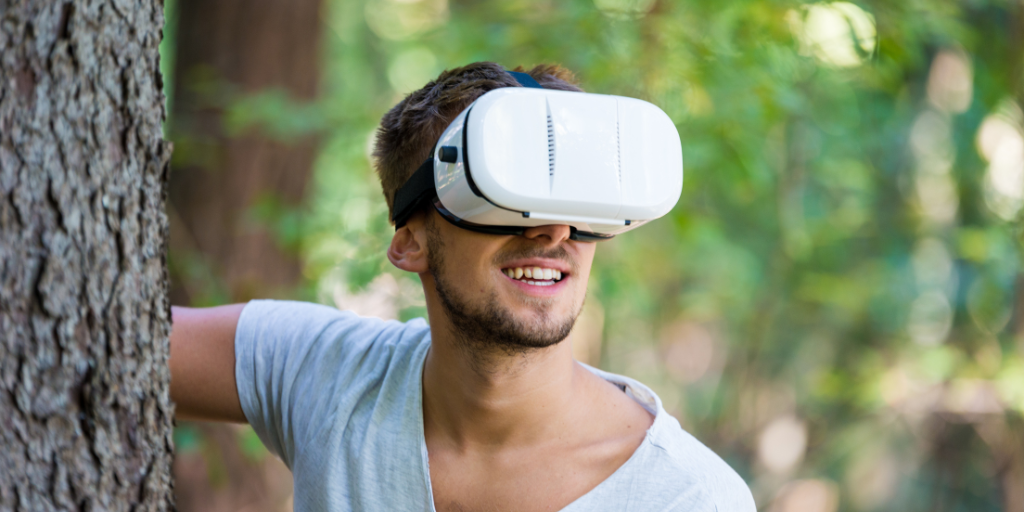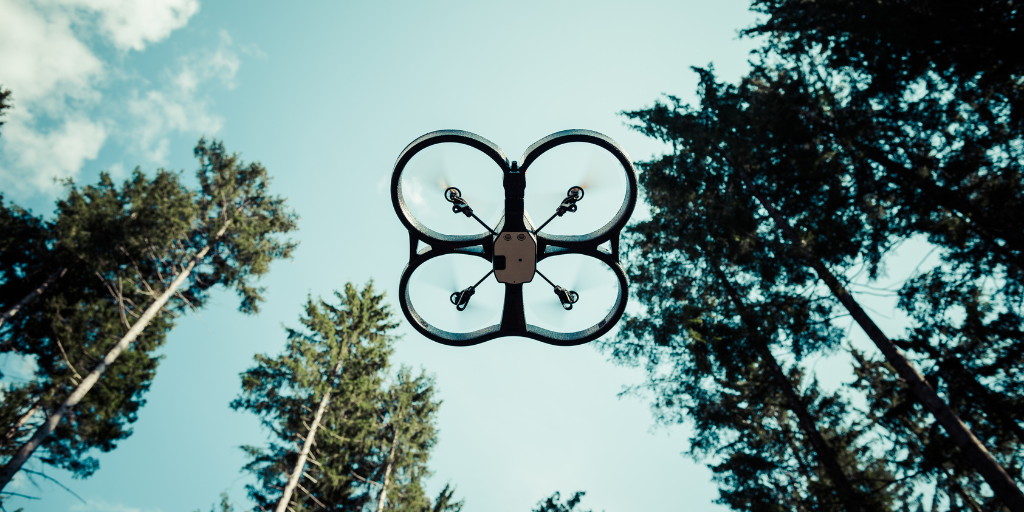The thrilling world of ropes courses, known for challenging the mind and body, is on the cusp of a revolution. As we look to the future, we can see a landscape that blends emerging technologies, sustainability, and enhanced user experiences. From smart materials to drones, artificial intelligence to augmented reality, the ropes courses of the future are likely to be far more advanced and adaptable than what we see today. With a focus on safety, personalization, and immersion, these advancements promise to transform how participants interact with and navigate these courses. Get ready to explore the exciting possibilities for the future of ropes course design and engineering.
In the future, we could see ropes courses using smart materials that react to their environment. For instance, elements could stiffen in response to increased load for added safety or ropes could change color according to tension, providing real-time feedback to users and operators. Augmented Reality (AR) technology might also be incorporated, overlaying digital information onto the physical ropes course. This could include navigational aids, safety instructions, or gamified challenges to enhance the user experience.
Artificial Intelligence (AI) could be another potential addition, tracking and adapting the course in real-time to individual users. This could range from adjusting the difficulty based on user performance to providing personalized feedback to help users improve their skills. In terms of maintenance, drones could be employed to inspect and maintain the course, carrying out routine safety checks swiftly and accurately.

Emphasizing sustainability, biodegradable materials might be used in ropes course construction, offering the same strength and safety features as traditional materials but naturally breaking down at the end of their lifecycle. Additionally, advancements in technology could allow ropes courses to incorporate energy harvesting elements. Piezoelectric materials, for instance, could capture and store energy generated by users as they move through the course, which could then be used to power digital aspects of the course.
To create a more immersive experience, sensory elements like LED lights, sound systems, or scent generators could be integrated into the course design. These elements could be used to create themed courses or add an extra level of challenge for users. 3D printing technology could also be employed for rapid prototyping and customization of course elements, allowing ropes course designers to print custom components tailored to their specific location and user needs.
Participants might also use wearable technology that tracks performance metrics such as heart rate, speed, and body temperature. This could provide personalized feedback and strategies for improvement, and serve as a safety monitoring system. Virtual Reality (VR) could offer new possibilities for training and accessibility, allowing beginners to practice on a virtual course before attempting the physical one, or enabling people with physical disabilities to experience the course in a way that caters to their needs.
Robotics could play a role in automated setup, maintenance, and assistance during the course. For instance, robotic arms could assist with the harnessing process, ensuring safety each time. Advanced safety systems, such as automatic braking mechanisms or fall detection technology, could be integrated to respond immediately if a participant is in danger. Harnesses might even include airbags that inflate if a fall is detected.

With the advent of nanotechnology, we could see a revolution in the durability and strength of ropes and structural elements. Nano-enhanced materials could be lighter, stronger, and more resistant to wear and tear than the materials currently in use. Furthermore, to enhance the learning experience, interactive displays could be installed at various points on the course. These could provide information about the engineering of the course, the local ecology, or the history of ropes courses.
Lastly, with the changing climate, ropes courses may need to adapt to extreme weather conditions. This could include the use of materials designed to withstand high heat or cold, or the integration of structures that can provide shade or shelter during inclement weather. The future of ropes courses, like many other industries, will likely be shaped by a blend of technological innovation, sustainability, and a commitment to enhancing the user experience.
In conclusion, the ropes courses of the future will be far more than just a series of physical challenges. They will be smart, adaptable, and immersive experiences that leverage the latest advancements in technology and materials. These innovations will enhance safety, provide personalized feedback, and offer educational opportunities, making the experience more engaging and meaningful for participants. The integration of sustainability practices and climate adaptation technologies also ensure that these courses can be enjoyed by future generations. As we move forward, it's clear that the possibilities for ropes course design and engineering are only limited by our imagination.
Planning an Adventure project? Need expert advice on Adventure park design?
Get in touch today!
Additional expert information on the Adventure Business
Interested to read more about the Adventure Business with our expert articles?
- Logistics and throughput in Adventure Parks, key elements in Customer satisfaction
- Profitable Upgrades for Aerial Adventure Parks
- Integrating Gaming Technology into Adventure Parks
- Optimizing Adventure Park Operations: The Power of Predictive Analytics
- The Benefits of Integrating Urban Adventure Play in Commercial Retail
- Creating Profitable Adventure Parks: Tips and Strategies
- Roller Coaster Zipline: The Thrilling and Profitable Amusement Solution
- Prioritizing Safety: The Key to Success in Aerial Adventure Parks
- Maximize Your Adventure Park's Potential with an Online Reservation System
- Importance of a Safety and Quality Management System at Adventure Parks
- Virtual Reality Training in Adventure Parks: Revolutionizing Skill Development and Safety
- Climbing to New Heights: Boosting Traffic and Revenue with an Indoor Ropes Course
- How to Launch a Zip Line Company
- Ride a bike modified to attach to a zipline cable
- Adopting Universal Design and Adaptive Techniques for Inclusive Adventure
- From Skills to Thrills: How to Start and Run a Successful Adventure Business
- Thinking of investing and operating a Zipline? We got you covered with this expert article!
- Rope Course Construction: A Comprehensive Guide
- Leisure and Adventure in Retail Real Estate: The Future of Shopping
- The Benefits of Netted Attractions for Operators and Guests
- Thrills Adventure for Family Entertainment Centers’













